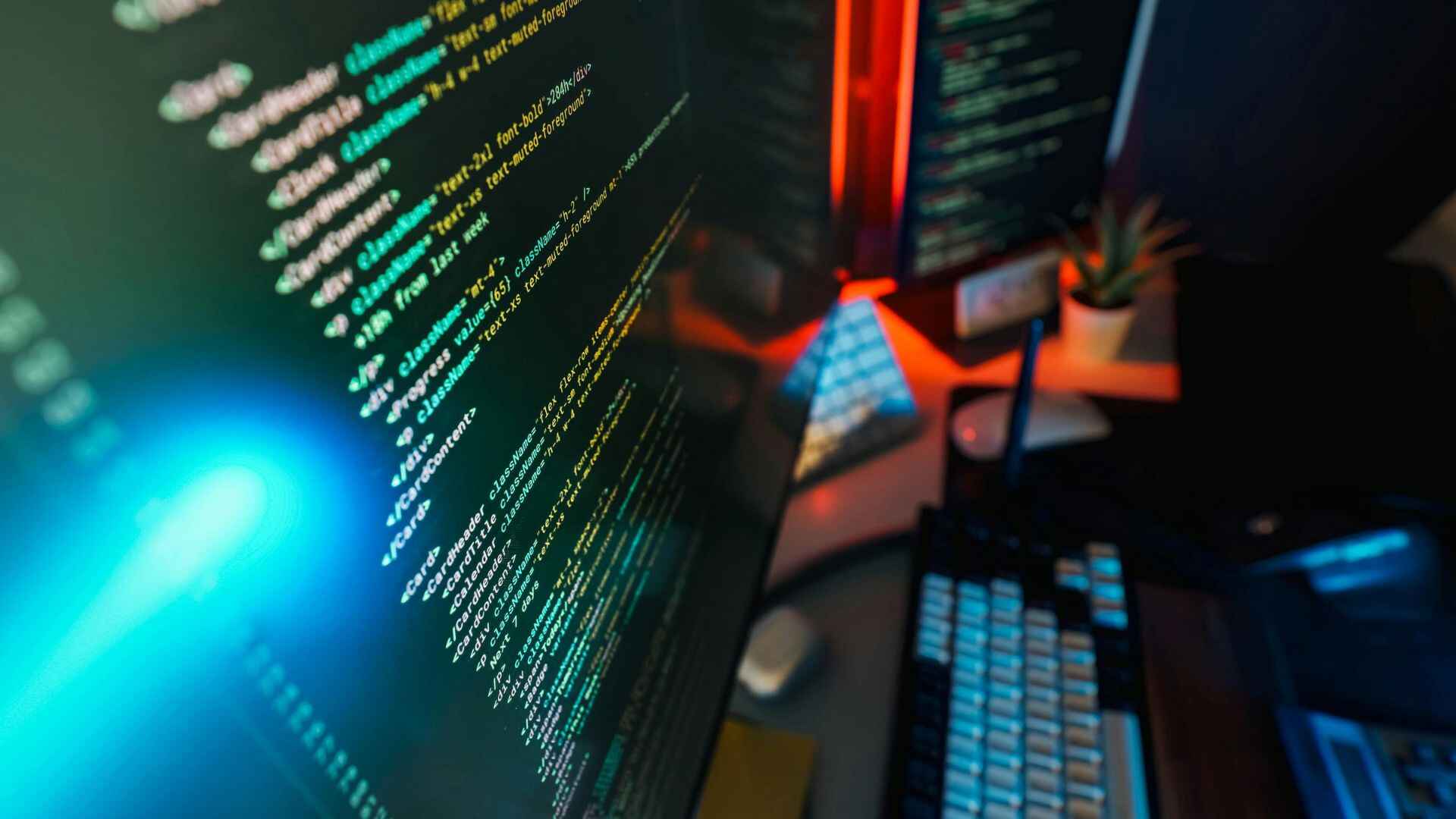In an age where technology defines our very existence, one burning question echoes louder than ever — how can you prevent viruses and malicious code safely in 2025? The digital world is no longer a playground; it’s a battlefield where hackers, ransomware, and malicious scripts lurk behind every tempting click. Yet, amidst this chaos lies control — your ability to guard yourself and your systems through awareness, discipline, and smart cyber hygiene.
This guide isn’t just about avoiding threats — it’s about mastering the art of cyber awareness. Together, we’ll uncover how to fortify your digital defenses, understand the anatomy of malicious attacks, and ultimately, live a safer, smarter online life.
Understanding the Enemy: What Are Viruses and Malicious Code
Before you learn how can you prevent viruses and malicious code, you need to understand what you’re up against.
The Anatomy of a Virus
A computer virus behaves much like a biological one — it attaches itself to a legitimate file or program, spreads rapidly, and corrupts whatever it touches. From deleting files to stealing credentials, it thrives on ignorance and inattention.
Imagine downloading what appears to be a funny meme, only to have your entire device encrypted in seconds. That’s how sneaky modern malware can be — which is why cyber awareness is your best weapon.
What Counts as Malicious Code
“Malicious code” isn’t just about viruses; it’s an umbrella term covering worms, trojans, ransomware, spyware, and even rogue scripts embedded in web pages. According to cyber awareness training programs, malicious code can even hide in browser extensions or mobile apps. Understanding this spectrum of threats is the first step in mastering how can you prevent viruses and malicious code effectively.
The Core Question: How Can You Prevent Viruses and Malicious Code
So, how can you prevent viruses and malicious code from ever infiltrating your system? The answer lies in a blend of awareness, tools, and habits — a holistic defense rather than a single shield.
1. The Power of Cyber Awareness
Astonishingly, 90% of malware infections occur due to human error — clicking on suspicious links, downloading unverified files, or ignoring software updates. Through cyber awareness training, individuals learn to recognize phishing attempts, unsafe downloads, and signs of intrusion.
This approach — often emphasized in resources like “how can you prevent viruses and malicious code quizlet” — teaches users not just what to do, but what not to do online. Remember: a secure mind is a secure machine.
2. Reliable Antivirus and Security Software
Even the savviest user needs armor. Modern antivirus tools powered by AI can scan, quarantine, and neutralize malicious files before they cause harm. The best ones also detect how can you prevent viruses and malicious code cyber awareness risks in real time, adapting to evolving threats.
Opt for solutions with multi-layer protection, including real-time scanning, behavioral analysis, and web filters — especially as we step into how can you prevent viruses and malicious code 2025 levels of digital complexity.
Building a Cyber Fortress: How to Stay Secure Daily
Mastering how can you prevent viruses and malicious code isn’t a one-time event — it’s a lifestyle. Every online move counts toward your safety score.
Smart Browsing Habits
The web is full of bait. Fake ads, pop-ups, and “free” downloads are favorite playgrounds for attackers. Always double-check URLs, look for HTTPS security, and avoid visiting shady sites.
Many platforms like Brainly and Quizlet feature user forums asking “how can you prevent viruses and malicious code brainly”, often suggesting simple habits like avoiding torrent sites or pirated software — wisdom that remains timeless.
Email and Download Discipline
Never open attachments from unknown senders, even if the subject line sounds urgent. Cybercriminals exploit curiosity. Implement email filters and teach your team how can you prevent the download of malicious code by verifying senders and using sandbox environments for testing attachments.
These small steps dramatically lower infection risks and strengthen your overall cyber awareness.
Software Hygiene: The Secret Ingredient in Cyber Safety
Software maintenance often determines whether your system becomes a fortress or a feast for hackers.
Regular Updates and Patches
Hackers thrive on vulnerabilities. Outdated systems and unpatched apps are their entry points. That’s why how can you prevent viruses and malicious code cyber awareness programs stress timely updates. Set your system to update automatically — it’s your silent guardian.
Limit Administrative Privileges
Give users only the access they truly need. Limiting admin rights can prevent malicious code from executing at a system level. This simple strategy, discussed in “how can you prevent viruses in malicious code” forums, can make the difference between a small glitch and a catastrophic breach.
How Can You Prevent Viruses and Malicious Code 2025: The Future of Defense
The landscape of malware is evolving faster than ever. As AI-generated attacks and deepfake phishing rise, your strategy must evolve too.
AI-Powered Security Solutions
In how can you prevent viruses and malicious code 2025, expect machine learning to play a crucial role in detecting suspicious behavior patterns long before threats strike. This predictive defense model is already being adopted by leading cybersecurity firms.
Zero-Trust Architecture
Forget “trust but verify” — the future is “verify everything.” A zero-trust framework ensures every user, device, and network connection is continuously authenticated. It’s the ultimate embodiment of how to prevent viruses and malicious code in a world without borders.
The Human Factor: Education Over Everything
Technology can protect you — but humans must still lead the charge.
Ongoing Cyber Awareness Training
Regular training programs help employees, students, and even families understand how can you prevent viruses and malicious code cyber awareness in real-world contexts. It’s not about memorizing facts — it’s about forming habits.
As one cybersecurity expert once quipped, “The weakest link in security isn’t the code — it’s the click.” That’s why even seasoned users revisit lessons from “how can you prevent viruses and malicious code quizlet” or similar interactive modules to stay sharp.
A Real-Life Example
Consider Sarah, a marketing executive who almost clicked a phishing email disguised as a client invoice. Her cyber awareness training kicked in — she noticed the sender’s email domain was off by a single letter. That single moment of attention saved her company from a ransomware attack. That’s how can you prevent viruses and malicious code — not by luck, but by learning.
Creating a Culture of Cyber Awareness
Security isn’t a solo act — it’s a culture. Organizations that embed cyber awareness in their DNA create networks of vigilance.
Encourage open discussions, celebrate vigilance (“Hey, good catch on that phishing email!”), and make it easy for users to report suspicious activity. Whether in classrooms or corporate offices, fostering shared responsibility ensures collective resilience against malicious code.
Conclusion: Stay Aware, Stay Secure, Stay Empowered
So, how can you prevent viruses and malicious code safely? By blending awareness, technology, and discipline into your daily digital routine. From installing strong antivirus software and enabling automatic updates to maintaining unwavering cyber awareness, every action counts.
Remember — cyber defense isn’t about fear; it’s about empowerment. Every secure download, every cautious click, every updated system is a step toward a safer online world.
The question isn’t just “how can you prevent viruses and malicious code?” anymore — it’s “how can you lead others to do the same?”
Now, over to you:
What’s your go-to strategy for keeping your system safe in 2025? Share your insights below — your next comment might save someone’s digital life.For further learning, explore U.S. Cybersecurity & Infrastructure Security Agency (CISA) guidelines on malware prevention







